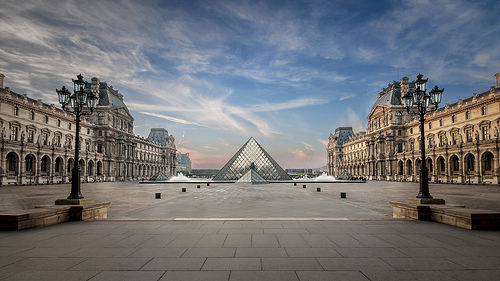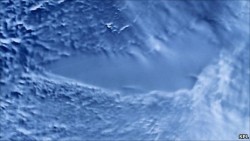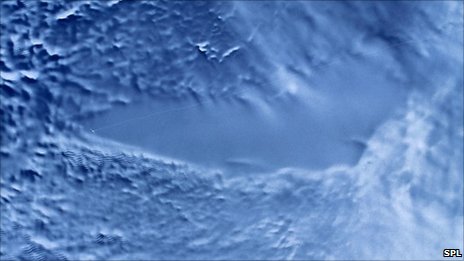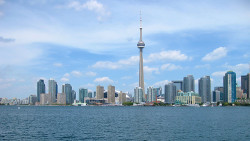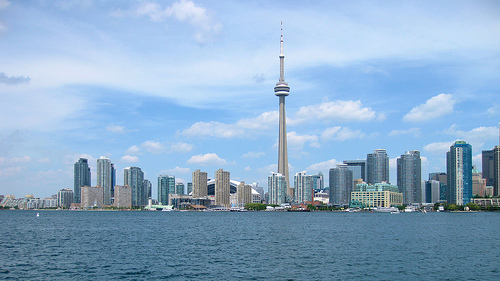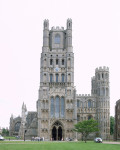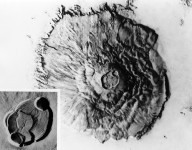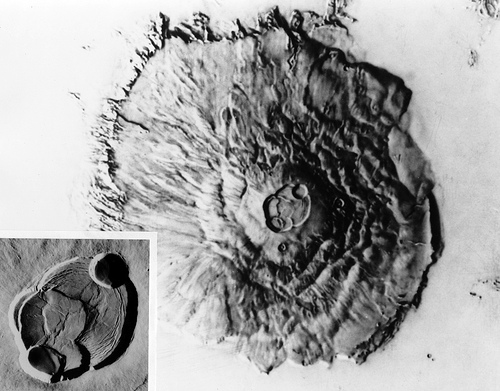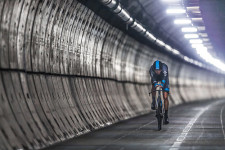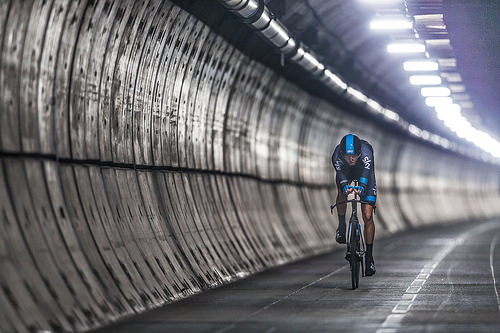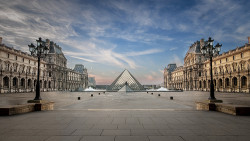
“A place for bringing together monuments of all the sciences and arts” – The Louvre
- The Louvre is one of the greatest and largest museums on Earth, located in France’s Paris, Europe, and it is officially known as the ‘Louvre Museum’, or ‘Musée du Louvre’ in French.
- The Louvre started out as a fortress, built in 1190 by King Philip II of France; and the fortress was converted into a palace in the 1500s.
- The Louvre first opened in August 1793 after ownership rights of the palace were forfeited by King Louis XVI, due to his arrest in 1792 as a result of the French Revolution, and the museum opened with 537 art pieces in its collection.
- Under the direction of Napoléon Bonaparte in the late 1700s and early 1800s, the Louvre, called ‘Musée Napoléon’ at the time, acquired thousands of artworks through raids, although around 5000 of these were given back to their original owners after his abdication.
- The Louvre is known for its four glass and metal pyramids that were completed in 1989, with the largest covering the main entrance to the building and reaching more than 21 metres (69 feet) in height.
The Louvre
Image courtesy of JH Images/Flickr
- The Louvre saw 9.7 million visitors in 2012, a record breaking year, making it the most popular and visited museum in the world, while 70 percent of visitors are said to be foreigners.
- Despite having around 35,000 artworks on display, the Louvre is said to have in its collection approximately 380,000 pieces.
- The Louvre is famed for housing the Mona Lisa, ever since 1797, and other collections include sculptures, paintings, prints, drawings, Egyptian artefacts, and Greek and Roman relics.
- On a single visit, it is not humanely possible to view each artwork on display in the Louvre, as doing so would take more than 12 days straight, if each piece was viewed for 30 seconds without stopping over the period.
- The Louvre covers a total of 60,600 square metres or 15 acres (652,300 square feet or 6 hectares) in area, and spreads beyond its original building.
Visit the Louvre using The Paris Pass! The Paris Pass has also provided additional facts that you can view here.
Bibliography:
25 Interesting Facts About The Louvre, 2015, Unpublished Text Document, The Paris Pass, Paris
Louvre, 2015, Wikipedia, http://en.wikipedia.org/wiki/Louvre





